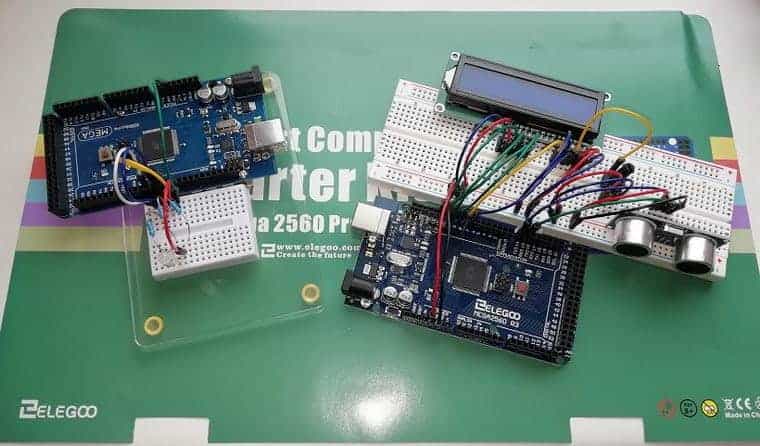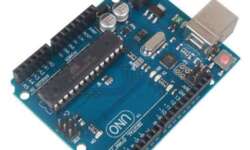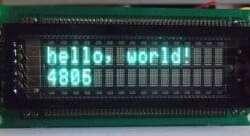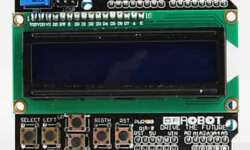Get in to makers world with Elegoo Mega 2560 Project The Most Complete Ultimate Starter Kit

If you are just a beginner in electronics or just started learning Arduino – it is easy to get lost among hundreds of boards, electronics parts, and tutorials. You may already have an Arduino board to play with but still feel that there is no fun in learning as you need to search for suitable external parts and look for guides on how to solve specific problems. We can all agree that learning new things in a systematic and organized way gives maximum benefit. One of the easiest ways of learning electronics and programming microcontrollers is to start with Arduino. It is an open-source board that comes along with the development platform (IDE), where you can start writing and executing programs right away. Despite its simple look, Arduino is a very powerful microcomputer capable of performing different complex tasks. It may read a wide range of sensors, process data, and output results to displays and LEDs, run motors and servos. The limit is only your imagination. The maker communities on the internet already have built millions of projects around Arduino. There are many types of Arduino boards available for different purposes. They come in various sizes featuring different processors and…














